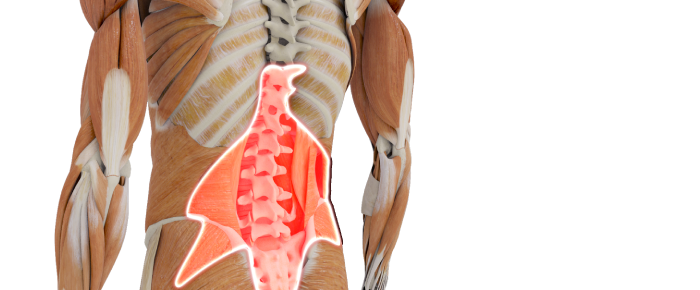Athletic Low Back Pain: Get Back to Basics

I often see sports physical therapists and athletic trainers who are in too big of a hurry to get out to observe an athlete doing their sporting skill. So, for example when an athlete complains of low back pain (LBP), there is a rush to go out to the mound, the gym or the field and try to solve the problem primarily from the skill perspective. Advances in motion capture technology have contributed to this “rush to sports specificity.”
Get Back to Basics
When managing our athletes with LBP, perhaps a better approach is to get back to basic fundamental movement assessment and treatment. Realize that we can deal with many impairments before we even worry about the skill assessment. The athlete should have the underlying balance of mobility and motor control for basic one-body weight tasks before we even think about higher-level skills.
Remember that the regional interdependence models have shown us: many underlying impairments – such as thoracic spine mobility problems with upper extremity mobility, deficits in core motor control and even ankle dorsiflexion – can contribute to recurrent LBP.
The Nagging Low Back Pain
Of course, a large percent of what we deal with in athletes with LBP is not necessarily time loss injuries. The majority of athletes with back pain continue to play, practice, go to class, and compete. Often the main pain complaints are not when they’re playing, but rather afterwards as they struggle through the strength and conditioning, performance enhancement programs, struggle sitting through a long class, or avoid typical social activities because of pain. The athletes have to keep pushing through it, lifting inappropriately, etc. and continue to have low levels of nagging back pain that neither clears nor hits the epidemiology data for time loss.
It is important to assess and treat the basics first. Let’s clear mobility, work on fundamental motor control and ensure that one-body weight tests and assessments are within some competent level before we rush to go out and look at the sport specific skill. It is nice to have motion capture technology and all the neat things you can do with that, but don’t let it dictate how you manage the case. There is a time for that level of assessment, but be sure to fix the basics first.
Learn more about treating low back pain and hundreds of other conditions with MedBridge Athletic Training Courses. MedBridge offers over 600 AT courses spanning specialties and settings, and featuring hands-on demonstrations that include real athletes and up-to-date, evidence-based strategies you can apply today.

